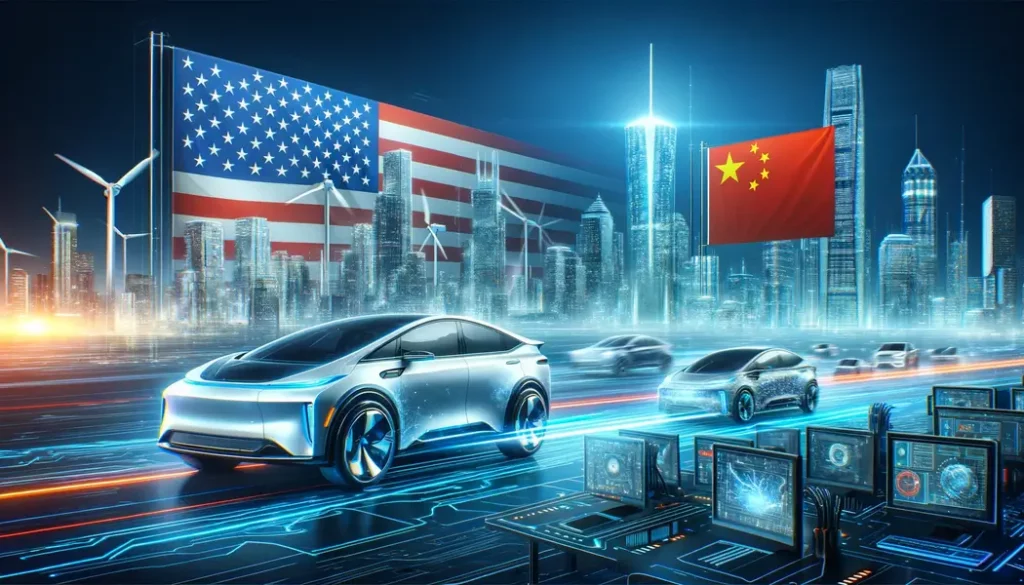As China’s influence in the global electric vehicle (EV) market continues to surge, US Energy Secretary Jennifer Granholm has raised significant concerns over the potential ramifications for American manufacturers.
Granholm’s apprehensions stem from China’s adeptness at flooding the market with competitively priced EVs, a move that could potentially undercut the market share of US-based carmakers.

US Energy Secretary Worried About China’s EV Market Dominance (PDF)
Addressing the Challenge
In a recent address at an Axios event held in Washington, Granholm shed light on the far-reaching implications of China’s aggressive market strategies on the US EV industry.
Drawing parallels to past instances, such as China’s significant impact on the solar panel market, Granholm emphasized the urgent need for proactive measures to safeguard American interests and ensure the industry’s resilience in the face of fierce international competition.
Proposed Solutions
Granholm has put forward a comprehensive strategy to tackle the issue of China’s escalating supremacy in the EV sector. Central to this strategy is the utilization of incentives and governmental initiatives, exemplified by the US Inflation Reduction Act (IRA). Through this framework, including tax credits and various financial incentives, the objective is to galvanize domestic demand and fortify the competitive edge of American-produced electric vehicles.
By offering tax credits and other financial incentives for both new and used EV purchases, these initiatives aim to stimulate domestic demand and bolster the competitiveness of US-made electric vehicles.
Furthermore, Granholm has emphasized the importance of fostering innovation and investment in domestic EV manufacturing capabilities. By incentivizing research and development initiatives and supporting infrastructure upgrades, the United States can strengthen its position in the global EV market while reducing its dependence on foreign competitors.
In light of Granholm’s concerns, it’s evident that decisive action is required to safeguard the US EV industry and ensure its long-term viability. Her remarks serve as a rallying cry for policymakers, industry leaders, and stakeholders to work together in pursuit of a sustainable and prosperous future for American electric vehicle manufacturing.
Conclusion
As the global electric vehicle landscape continues to evolve at a rapid pace, the challenges posed by China’s growing dominance loom large on the horizon.
However, with strategic intervention and concerted efforts to bolster domestic manufacturing capabilities, the United States can rise to the challenge and secure its position as a leader in the EV market.
Granholm’s warnings serve as a timely reminder of the importance of prioritizing innovation, investment, and collaboration to ensure a brighter future for the American electric vehicle industry.






